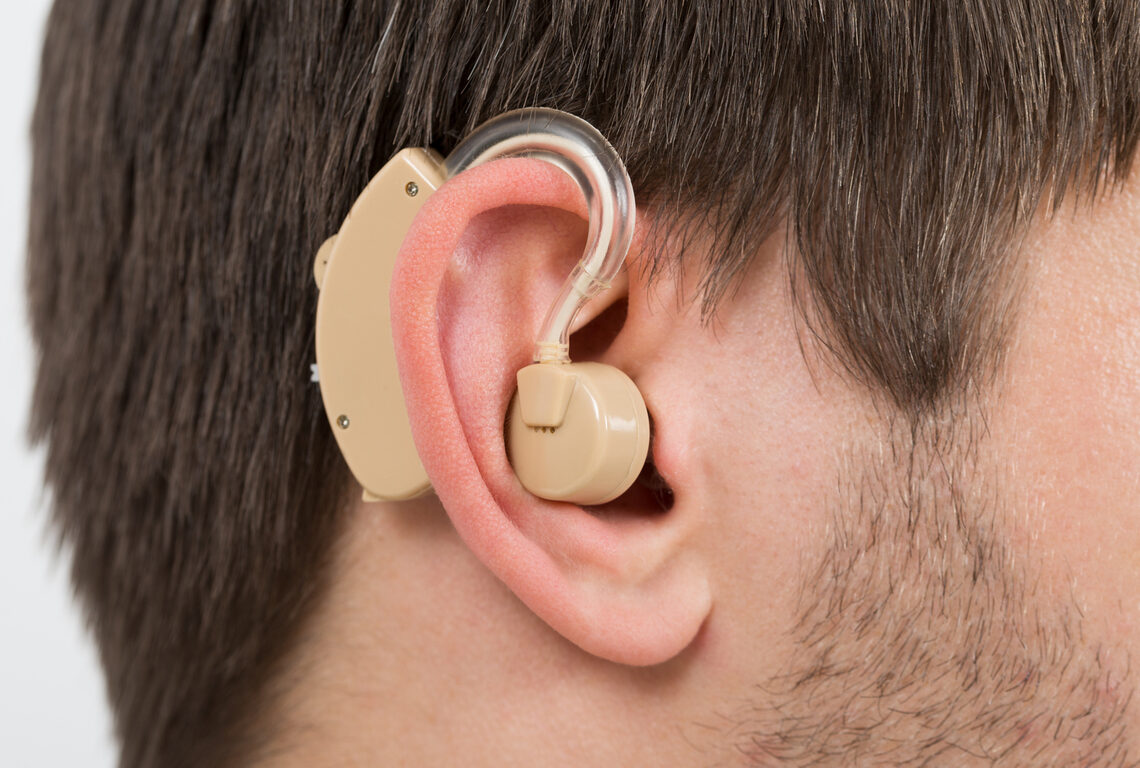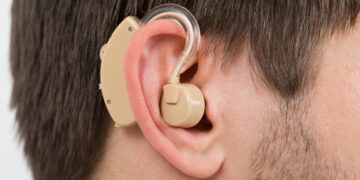When it comes to buying a hearing aid, there are many types to consider. Some need to be individually made for each patient. Others follow a more standard format that you can get them ‘off the shelf.’
Here are some of the advantages of the best hearing aids you can buy right now.
Custom Hearing Aids
Invisible-In-the-Canal (IIC) hearing aids rest in the ear canal on the second bend. They are the most petite and most discreet hearing aids that are almost invisible. The deep placement helps give you better overall sound quality.
Completely-In-Canal (CIC) hearing aids fit deep inside the ear canal. These are usually slightly larger than an IIC and are also among the smallest and least visible types of hearing aids.
In-The-Canal (ITC) hearing aids fit in the ear canal (partially). These hearing aids are slightly larger than CIC hearing aids but are still less visible in the ear than larger custom styles. Many also include controls for volume and memory that won’t fit on smaller custom aids.
In-The-Ear (ITE) hearing aids are available in two sizes. A ‘full shell’ fills most of the outer ear, while a ‘half shell’ only fills the lower portion of the outer ear. ITE aids can include volume and memory controls that don’t fit on smaller aids, are easier to handle, and have longer battery life.
Standard Hearing Aids
Behind-The-Ear (BTE) hearing aid devices rest behind your ears. All the hearing aid mechanics are in the device behind the ear with a tube connecting to a piece in the ear. This type of hearing aid has larger external controls making it easier for those with dexterity problems. Thanks to their durability and ability to connect to assistive listening devices, they are also helpful for children. Other upsides include longer battery life and less susceptibility to earwax or moisture.
Receiver-In-Canal (RIC hearing aid) looks similar to a BTE hearing aid, though the receiver, or speaker, is in the ear canal. A wire connects the hearing aid and earpiece. As the receiver is outside the device, RICs are often more discreet than BTEs and have a comfortable open-fit with more natural sound quality.









